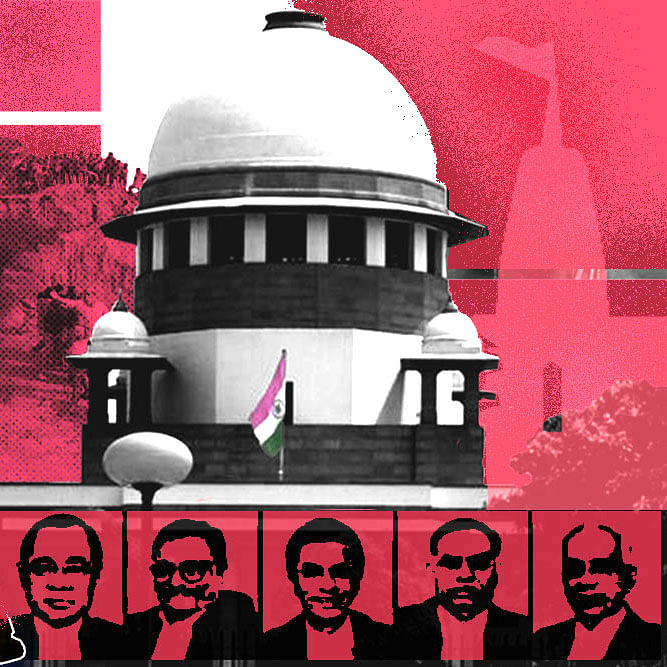
1528
Mughal emperor Babur’s commander Mir Baqi builds Babri Masjid
1885
Faizabad district court rejects Mahant Raghubir Das’s plea seeking permission to build a canopy outside the Babri Masjid structure.
1949
Next batch of litigations starts after a mob lays siege to the mosque and places idols of Ram Lalla under the dome.
1950
Ramchandra Das and Gopal Simla Visharad file suits in Faizabad district court for rights to worship the Ram Lalla idols. Das withdraws his plea later in 1990.
1959
Nirmohi Akhara files suit seeking possession of the disputed site.
18 December 1961
Uttar Pradesh Sunni Central Waqf Board files suit for possession of the Babri Masjid site.
1 February 1986
Local court orders the government to open the site to Hindu worshippers. Rajiv Gandhi was the prime minister when the decision was taken.
1989
BJP officially joins the movement after Bhagwan Sri Ramlalla Virajman at Sri Ram Janma Boomi Ayodhya, Asthan Sri Ram Janma Bhoomi Ayodhya file a title suit represented by Deoki Nandan Agarwala, a former judge of the Allahabad High Court.
14 August 1989
Allahabad High Court issues order to maintain status quo at the disputed structure.
25 September 1990
BJP leader L.K. Advani launches Rath Yatra from Somnath in Gujarat.
1991
Kalyan Singh government acquires 2.77 acre of land around the disputed site.
6 December 1992
Kar sevaks demolish Babri Masjid.
1992
P.V. Narasimha Rao government takes over 67 acres of land around the site and asks Supreme Court to decide whether a Hindu place of worship predated the construction of the mosque.
3 April 1993
Centre passes ‘Acquisition of Certain Area at Ayodhya Act’ for acquisition of land in the disputed area. The act was challenged by several writ petitions, including one filed by Ismail Faruqui in Allahabad High Court.
24 October 1994
Supreme Court says in the historic Ismail Faruqui case that the mosque was not integral to Islam.
April 2002
Allahabad High Court begins hearing on determining who owned the disputed site.
13 March 2003
In the Aslam alias Bhure case, a Supreme Court ruling bans religious activity of any nature at the acquired land.
30 September 2010
In a 2:1 majority, Allahabad High Court rules three-way division of disputed area between Sunni Waqf Board, Nirmohi Akhara and Ram Lalla.
9 May 2011
Supreme Court stays HC verdict on Ayodhya land dispute after appeals are filed against it.
21 March 2017
CJI J.S. Khehar suggests out-of-court settlement among rival parties.
7 August
Supreme Court constitutes a three-judge bench to hear pleas challenging the 1994 verdict of the Allahabad High Court.
8 August
UP Shia Central Waqf Board tells SC mosque could be built in a Muslim-dominated area at a reasonable distance from the disputed site.
11 September
SC directs Chief Justice of the Allahabad HC to nominate two additional district judges within ten days as observers to deal with the upkeep of the disputed site.
20 November
Temple can be built in Ayodhya and mosque in Lucknow: UP Shia Central Waqf Board tells Supreme Court.
1 December
Thirty-two civil rights activists file plea challenging the 2010 verdict of the Allahabad High Court.
8 February 2018
Supreme Court starts hearing the civil appeals.
14 March
Supreme Court rejects all interim pleas seeking to intervene as parties in the case.
6 April
Rajeev Dhavan files plea in Supreme Court to refer the issue of reconsideration of the observations in its 1994 judgment to a larger bench.
20 July
Supreme Court reserves verdict.
27 September
Supreme Court declines to refer the case to a five-judge Constitution bench.
29 October
Supreme Court fixes the case for the first week of January before an appropriate bench to decide the schedule of hearing.
24 December
SC decides to take up petitions for hearing on January 4.
4 January 2019
SC says an appropriate bench constituted by it will pass an order on January 10 for fixing the date of hearing in the title case.
8 January
SC sets up a five-judge Constitution Bench to hear the case headed by Chief Justice Ranjan Gogoi and comprising Justices S.A. Bobde, N.V. Ramana, U.U. Lalit and D.Y. Chandrachud.
10 January
Justice U.U. Lalit recuses himself prompting SC to reschedule the hearing for January 29 before a new bench.
25 January
SC reconstitutes 5-member Constitution Bench to hear the case. The new bench comprises Chief Justice Ranjan Gogoi and Justices S.A. Bobde, D.Y. Chandrachud, Ashok Bhushan and S.A. Nazeer.
29 January
Centre moves SC seeking permission to return the 67-acre acquired land around the disputed site to original owners.
20 February
SC decides to hear the case on 26 February.
26 February
Supreme Court favours mediation and fixes 5 March for order on whether to refer matter to court-appointed mediator.
6 March
Supreme Court reserves order on whether the land dispute can be settled through mediation.
9 April
Nirmohi Akhara opposes Centre’s plea to return acquired land around Ayodhya site to owners.
9 May
The three-member mediation committee submits interim report to the SC.
18 July
The Supreme Court allows mediation process to continue, seeks outcome report by 1 August.
1 August
A sealed report of mediation submitted in Supreme Court.
6 August
Supreme Court begins day-to-day hearing on the land dispute.
16 October
Supreme Court concludes hearing and reserves order.
9 November
Supreme Court announces verdict — Government trust to get disputed Ayodhya site for Ram Mandir, Muslims to get another plot.

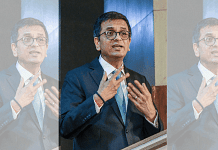

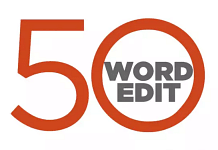
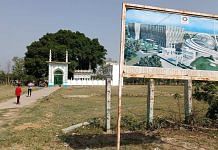
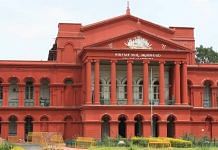
COMMENTS